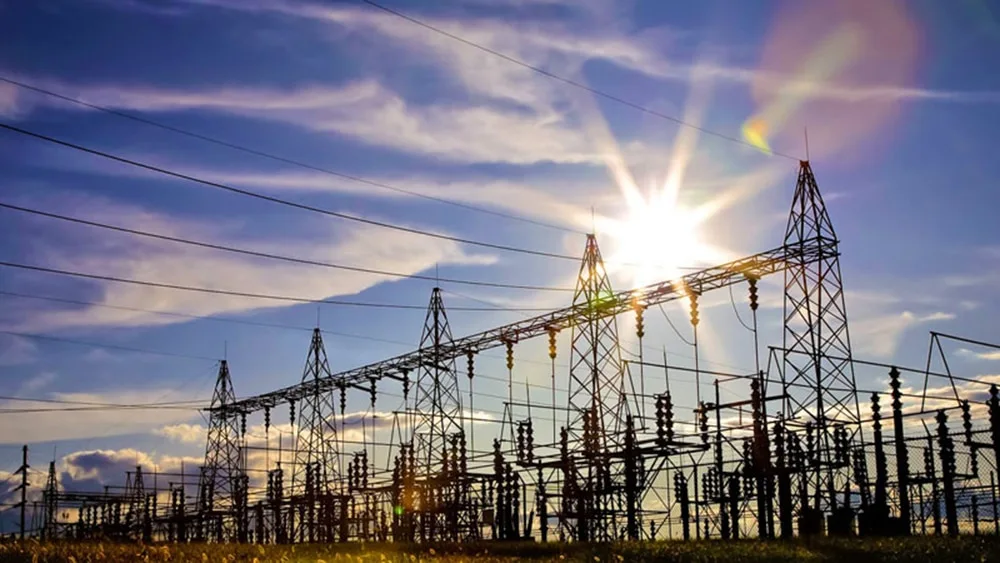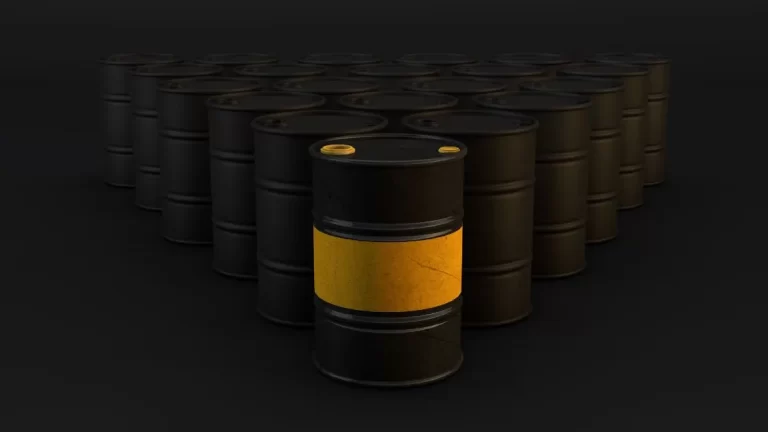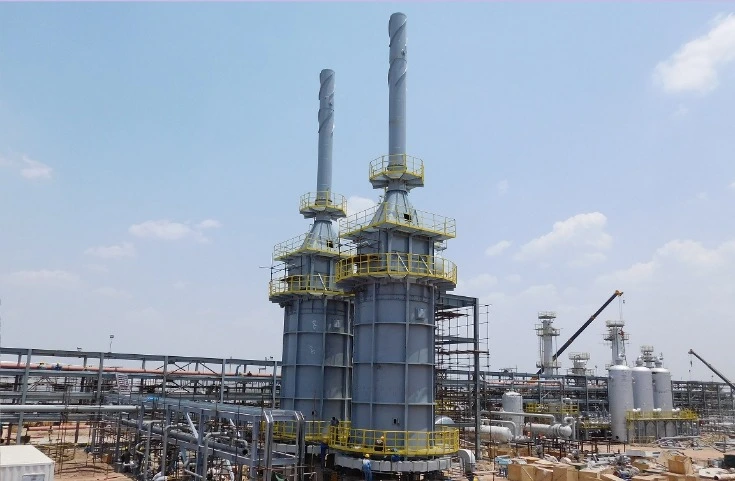Pakistan’s power generation down for consecutive 2 years
ISLAMABAD:Pakistan’s power generation recorded at 127,259 GWh (14,504 MW) during FY24 down 2% YoY primarily led by (1) slowdown in overall economic activity and (2) lower demand amid rising power tariff.
Hydel contributed the most to power generation (31% in FY24 vs. 28% in FY23), followed by RLNG (19% FY24 vs. 17% in FY23) and Coal (16% in FY24 vs. 16% in FY23) based power generation. Nuclear, Gas, Wind, and Furnace Oil (FO) based generation contributed 18%, 9%, 3%, and 2% respectively towards country’s power generation in FY24.
In absolute terms, hydel and RLNG contributed the most to additional power generation. However, power generation from Gas and FO declined.
The three new solar-based power additions to the system include Helios Power (capacity 50 MW), Meridian Energy (capacity 50 MW), and HNDS Energy (capacity 50 MW). However, Kot Addu Power (KAPCO) plant, with a power generation capacity of 1,336 MW was removed from the system after its expiry of power purchase agreement (PPA).
This takes total installed capacity to 40,281 MW in FY24 compared to 41,460 MW in FY23.
The average fuel generation cost was down by 6% YoY to Rs8.8/KWh in FY24 compared to Rs9.3/KWh in FY23.
In the month of Jun-24, fuel cost declined by 11% YoY and 2% MoM to Rs8.6/unit.
It is interesting to note that around 45% of Pakistan’s power generation is from RLNG, Coal, and Gas with an average fuel cost of Rs17/unit in FY24.
Separately, cost of generation using coal has declined by 13% YoY to Rs12.9/Kwh due to decline in international coal prices by 47%. Similarly, RLNG cost on per Kwh basis has also declined by 2% due decline in international crude oil prices by 2% to US$80/barrel in FY24.
Outlook: For the past two consecutive years, i.e., FY23 and FY24, power generation has shown negative growth of 9% and 2%, respectively, due to the reasons mentioned on previous slide. However, with improvements in economic activity, lower interest rates, and stable currency devaluation, we expect demand for power to recover gradually, Topline said.








